The tiny country of Tunisia is wedged like a lumpy finger of land between Algeria and Libya in the northernmost part of North Africa in the Maghreb region.
Tourists go to fly and flop in made-for-tourists coastal resorts, such as Hammamet whose soft sand beaches are lapped by the sun-warmed waters of the Mediterranean. Hotels such as Magic Life Africana offer so much good value family entertainment in and out of the water that taking time to explore beyond the beach is usually not on the holiday agenda.
Yet Tunisia, with its lush lands and rolling Saharan dunes, has a long history of some 3,000 years. In that time the country has seen empires rise and fall leaving behind an incredible mix of civilizations and cultures. You will see drama in the Byzantine and Roman ruins in Dougga, in the Punic era city of Kerkouans, and the wonderful Andalusian architectural designs in Zaghouan and the Santorini wannabe town (or is it the other way round?) of Sidi Bou Said.
As Tunisia was a French protectorate for almost a hundred years that ended in 1956 the local language, Derja, has more than a dash of French, and street and shop names are often written in Arabic and French. This mighty mix of cultures makes for a thoroughly intriguing break.
Tunis, the capital
The capital Tunis’ main drag is the Avenue de France looking glorious with arcades modelled after those of Rivoli Street (rue de Rivoli) in Paris. The Avenue meets with Avenida Habib Bourguiba, named after Bourguiba considered the father of the nation loved for educating women and outlawing polygamy. The long stretch is abundant with flower sellers, while the central walkway, with its street musicians and vendors, has more than a whisper of France’s Champs Elysee.
This is where the city’s historic National Theatre stands proudly dressed in art nouveau architecture. At the end is an archway heralding the start of the city’s medina, a sprawling maze of little streets and alleyways filled with lively trading of everything from handbags to hashish pipes. Men sit in cafes drinking mint tea or aromatic coffee doused with orange essence. You will find women in stylish Salon de The.
One of the things the Romans gave to Tunisia was mosaics. You can find these in various places but for the best collection in the world, head for Bardo Museum.
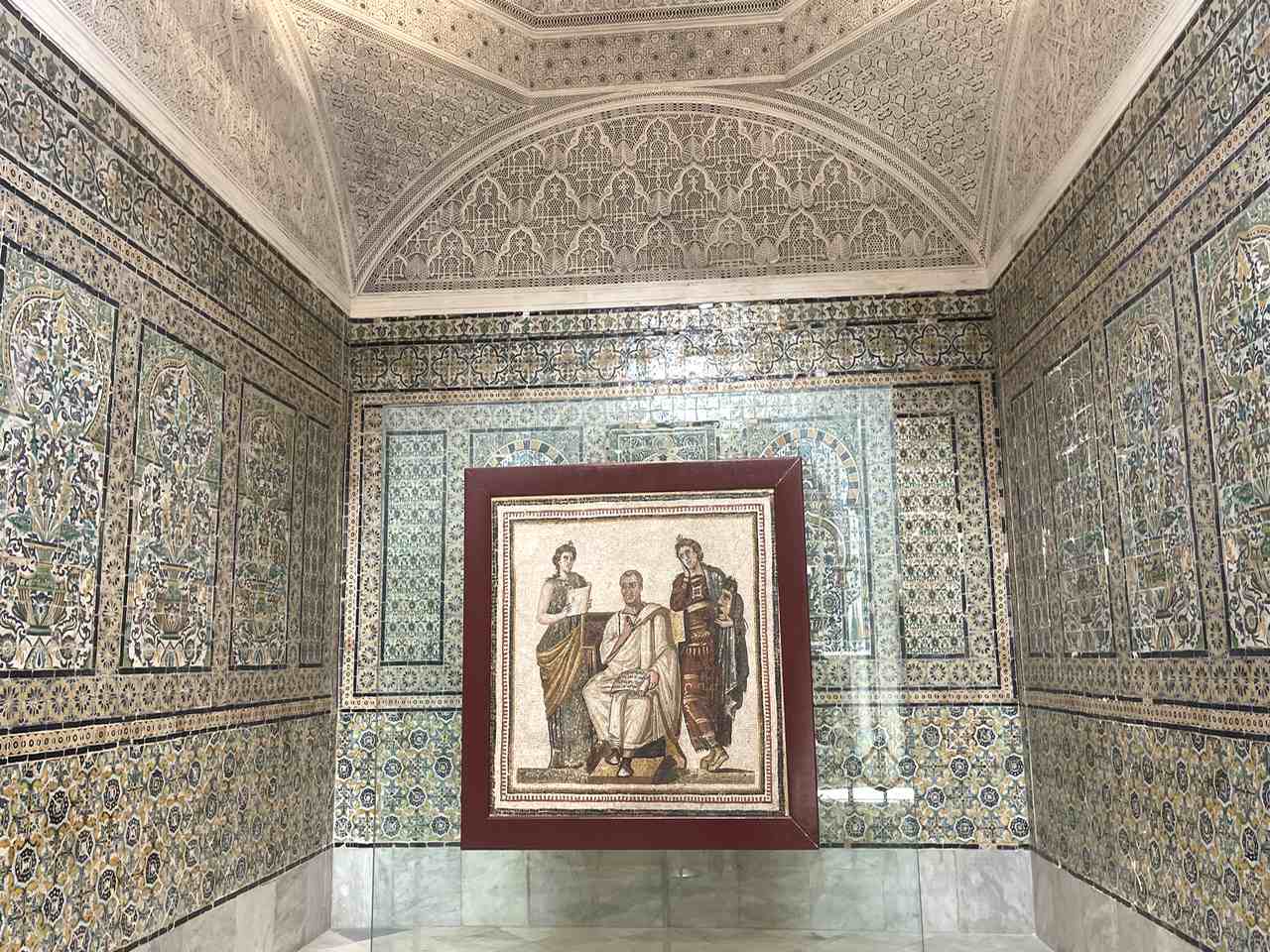
Poet Virgil two muses
This huge complex was the former palace of the Beys – rulers of the Ottoman Empire and contains countless examples by the most famous mosaic artists of the time, showing everyday and mythical scenes. Check out the only reproduction of the poet Virgil and one of Ulysses facing the sirens and the Numidian stela or stone slabs, Punic divinities, lustrous ceramics and the section devoted to prehistory artefacts (40,000 BC). There’s humour too; in the Hercules and Dyonisis room, there is a cheeky statue of a drunken Hercule standing naked urinating.
Carthage
A twenty-minute ride from Tunis is Carthage once a powerful Phoenician empire on the Mediterranean, until the Romans arrived during the Third Punic war in 146 BC and levelled it to the ground. It is a UNESCO World Heritage site offering a Punic port and the Byzantine-Moorish stylised Carthage Museum.
On the seafront are the ruins of the incredible Site Des Thermes D’Antonin (Baths of Antonin) with enough foundations to visualise how awesome this complex may have been. Some columns have been reconstructed to show how incredibly high the ceilings would have been.
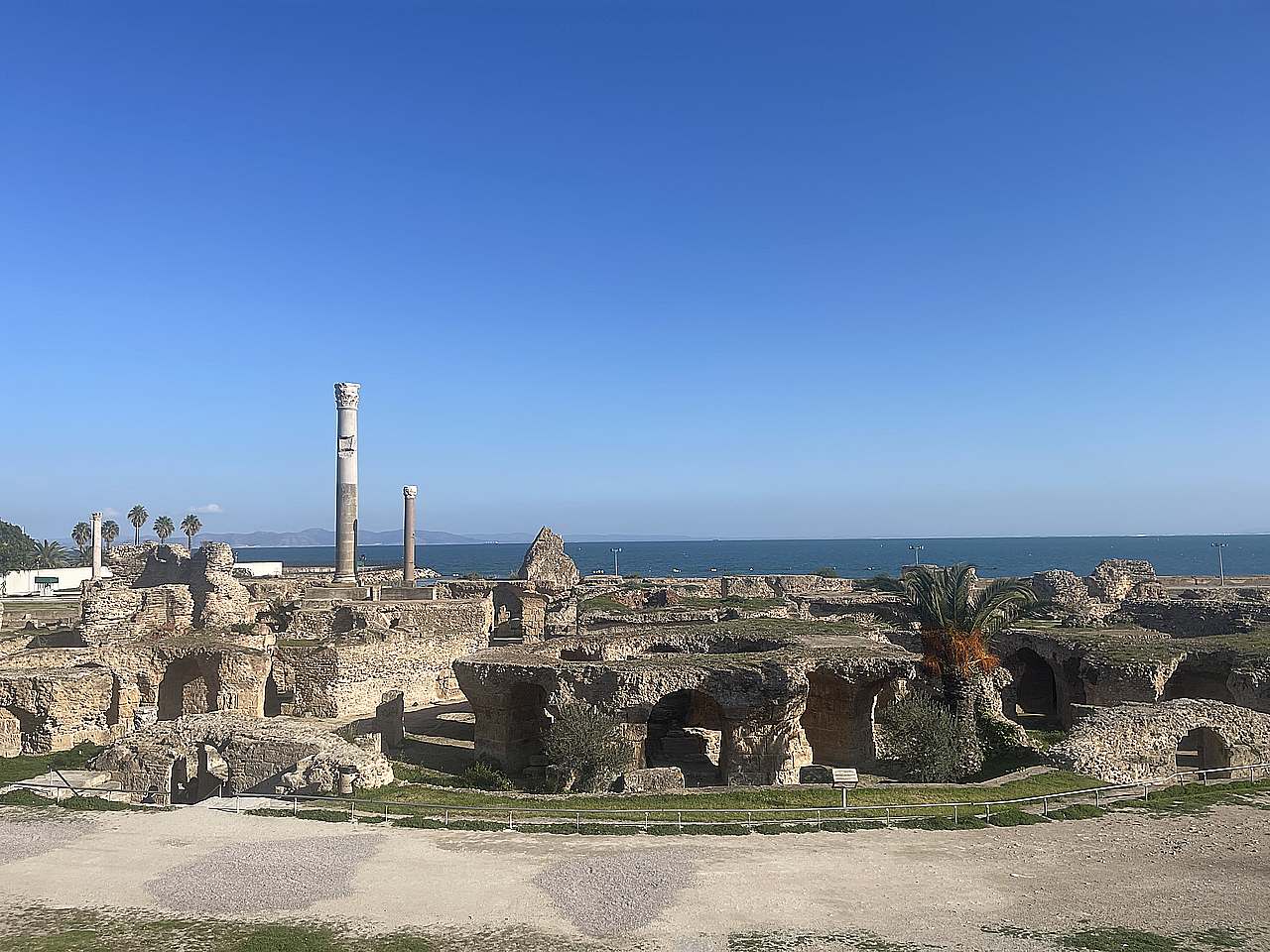
Site des Thermes D’Antonine
An octagonal caldarium (hot room) had smaller saunas on either side. This led to a small tepidarium (warm room), which allowed access to the huge 22m-by-42m frigidarium (cold room) at the centre with its eight colossal pillars. You may be interested to know that a similar system appears in high-end spas today.
Nabeul
Nabeul is a lovely coastal town in northeastern Tunisia on the south coast of the Cape Bon peninsula. The city is well-tended with roundabouts showing off homemade pottery, the city’s claim to fame. You will find plenty of that in its medina alongside outlets selling trinkets and weavers selling their baskets and bags.
The city also has a fine Museum of Archeology with artefacts of the Punic and Roman periods of the Cap Bon peninsula.
Discover Roman remains, Dougga
If it’s sunny dine alfresco in their garden and enjoy views over the ruins high up while you tuck into tabun bread, a host of salads, gargoulette lamb stew cooked in earthenware or escalope or lamb with couscous.
Zaghouan
The ancient city of Zaghouan sprawls over the foot of the Djebel range of hills especially on the northern slope of Mount Zaghwan. The Romans called it Ziqua and took full advantage of its natural mineral water. The land is fertile and grapes, olive trees and vegetables grow well here.
The Water Temple, Les Temples d’Eaux, 2km southwest of Zaghouan’s old town, was built by Roman emperor Hadrian in the second century AD. It took 30 years to build and water could be collected and stored to supply the city of Carthage. The majestic Roman structure runs over and underground revealing how the Romans extracted the water and transported it to Chartage via 139 km of aqueduct.
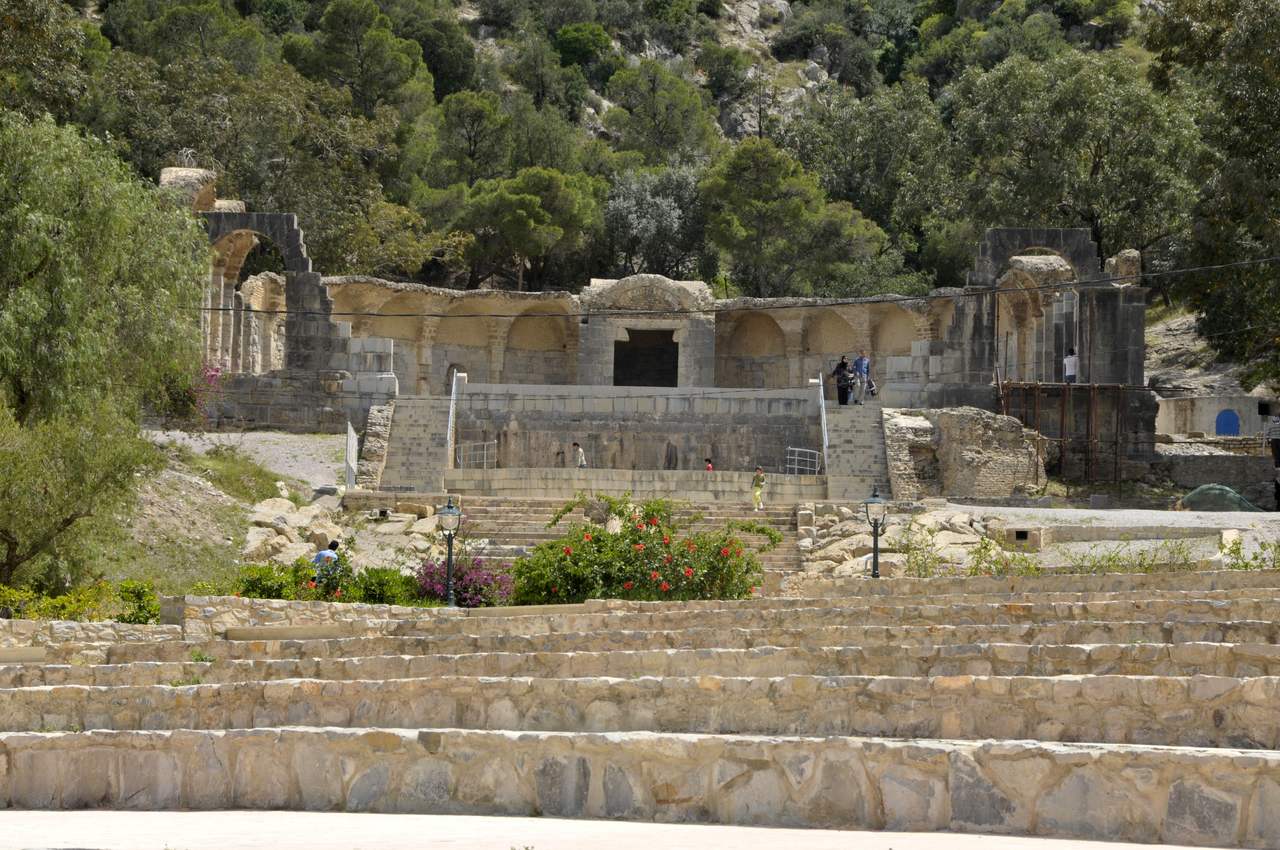
Les Temples d’Eaux c Citizen59 Travail personnel, CC BY 3.0,
The town has a charming old quarter with narrow streets straddled with Andalusian architecture brought by the Moors in the 17th century. It’s a lovely place to potter checking out small shops and bakeries selling kaak warqa – a small round cake made with almond paste, and rosewater introduced by the Moors.
I suggest you save your appetite for lunch at the Dar Zaghouan Farm, at the foot of Jebel Zaghouan, a triumph in ecotourism and a place for feast, frolic and even stay the night. It has 20 guestrooms, a hammam, two spring water pools and a restaurant. Food is produced on the farm from the spoils of its botanic garden, olive trees, chickens, cows and goats. It’s a hearty lunch where a violinist serenaded us and later a band playing lively local music took over.
The grounds are expansive and we strolled away those calories by visiting craft shops, horses, ostriches, a small classic car collection and a bakery producing Kaak Zaguan biscuits, while a couple of yappy but friendly dogs followed behind.
Sidi Bou Said
Sidi Bou Said is located on the peninsula at the shore of the Mediterranean Sea, 20 km from the centre of Tunis. Its blue and white colour scheme and domed buildings make it a Santorini look-a-like and exude a certain otherworldliness. It may be the most beautiful town in Tunisia.
The drama is in its cobbled streets, and alleyways that reveal charming blue doors, pretty floral corners and simply stunning views over the Gulf of Tunis. There are murals, floral alleyways, and staggering doors – selfie lovers, you cannot take a bad photo here. There are plenty of restaurants but stop at a kiosk to try bambolouni, a local favourite, akin to a large doughnut. Further along is La Chargui, probably the best value restaurant in Sidi Bou Said in what is Tunisia’s most visited tourist hot spot.
More information: Discover Tunisia
Check for flights to Tunisia

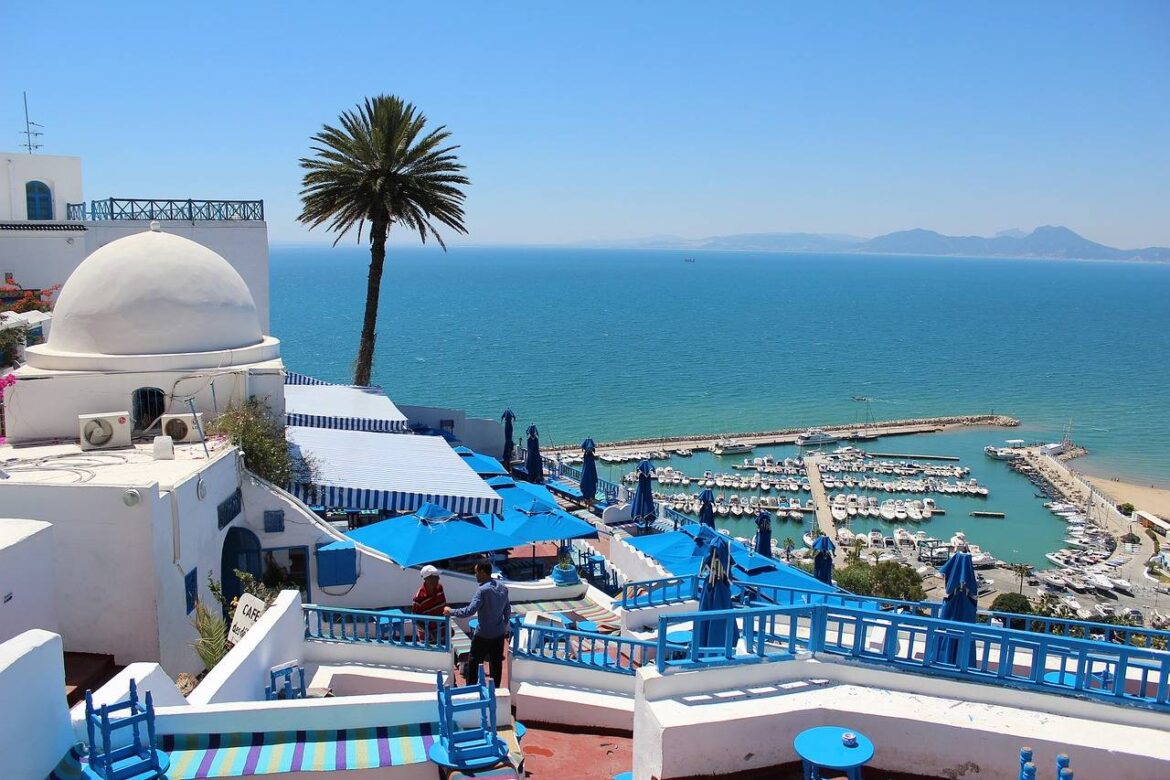
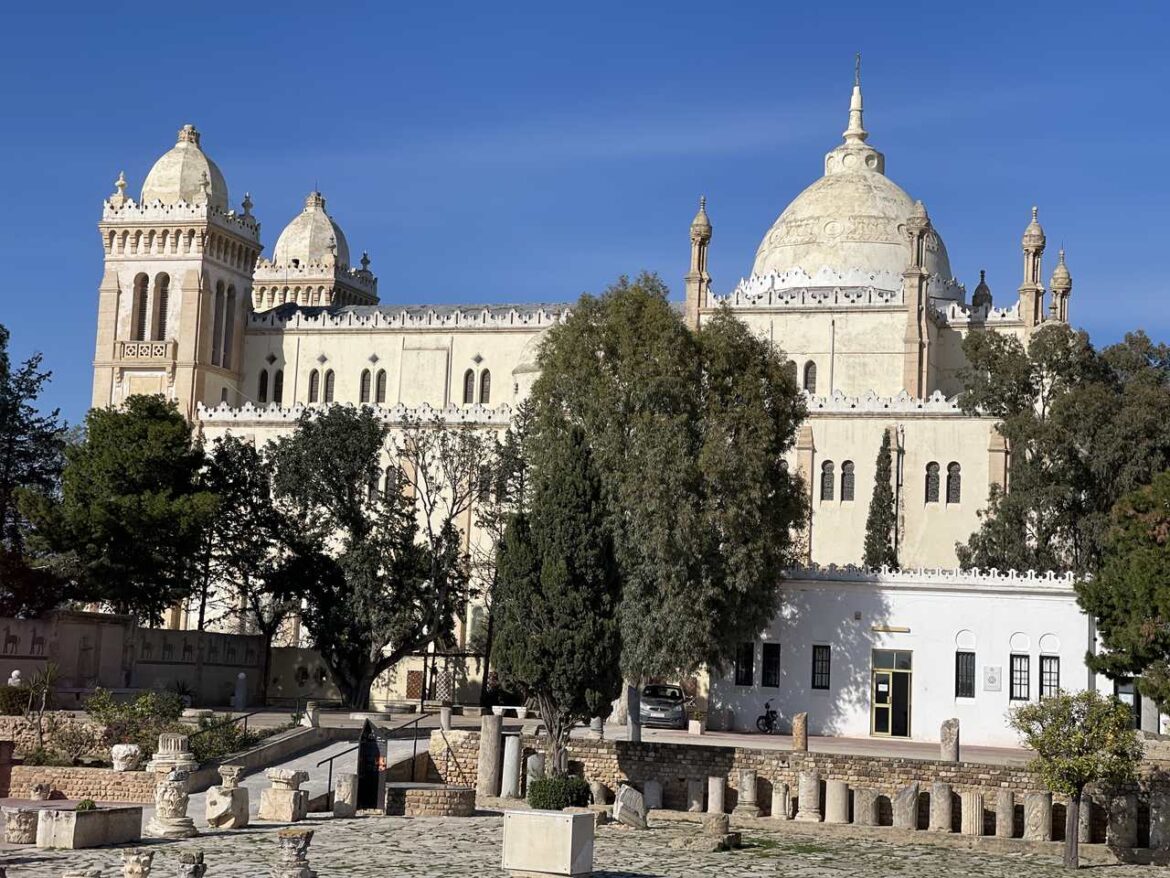
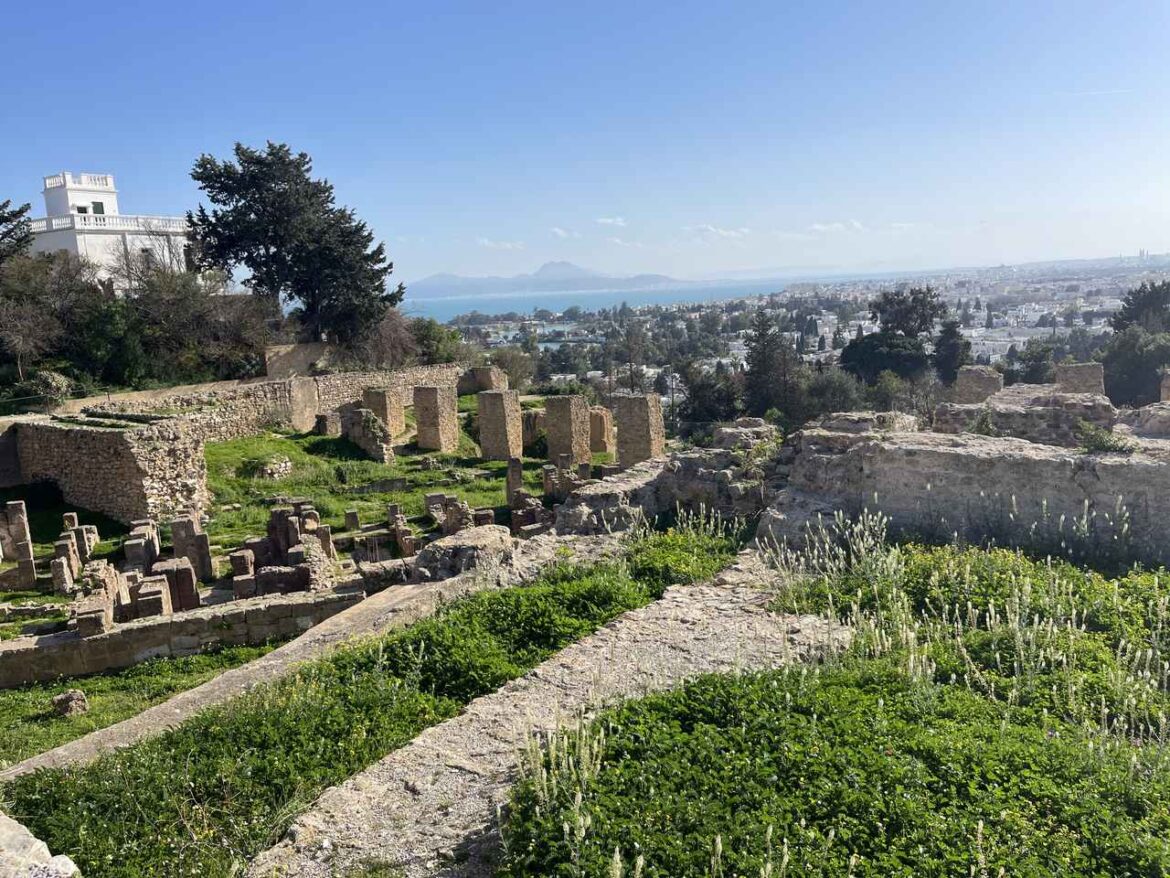
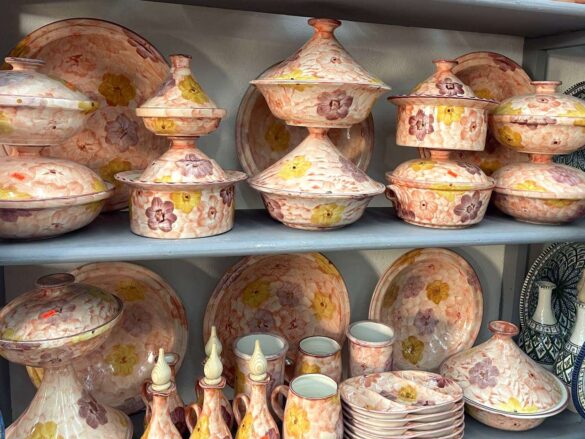
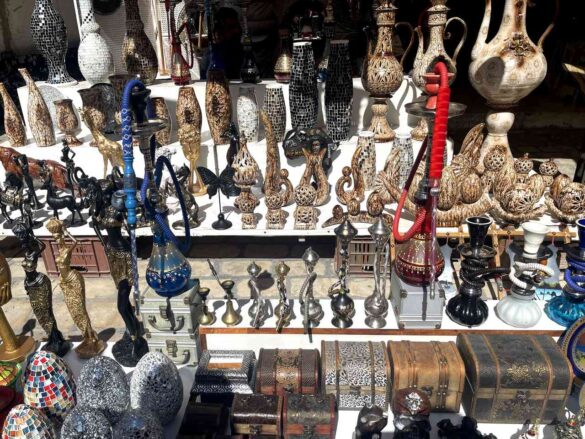
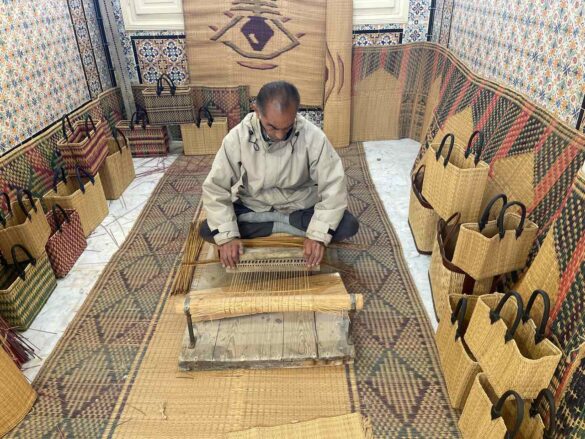
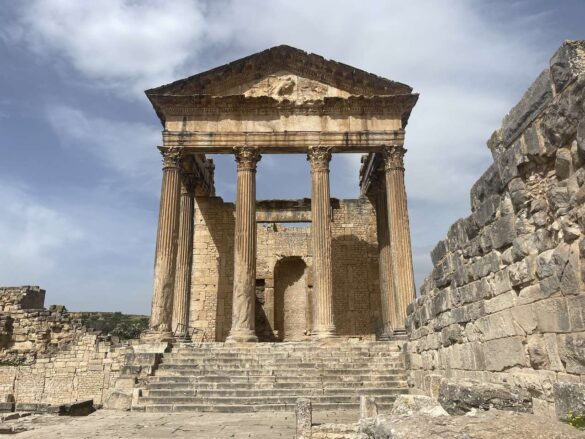
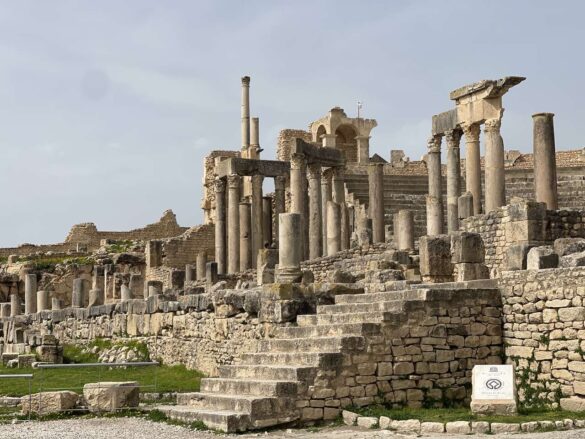
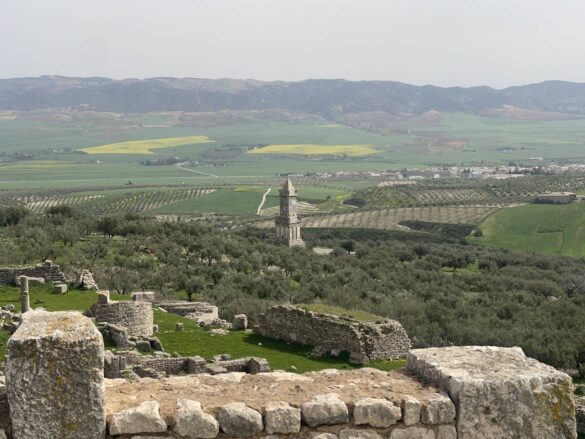
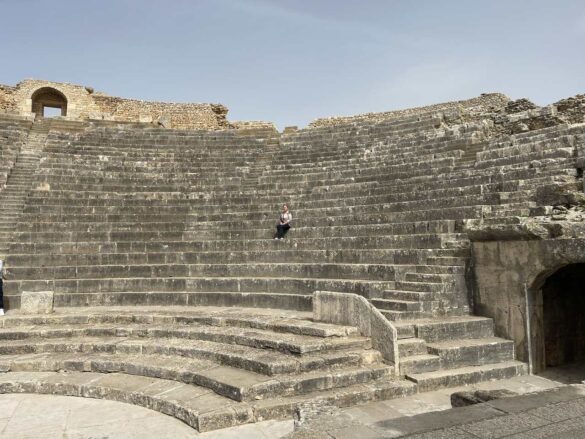
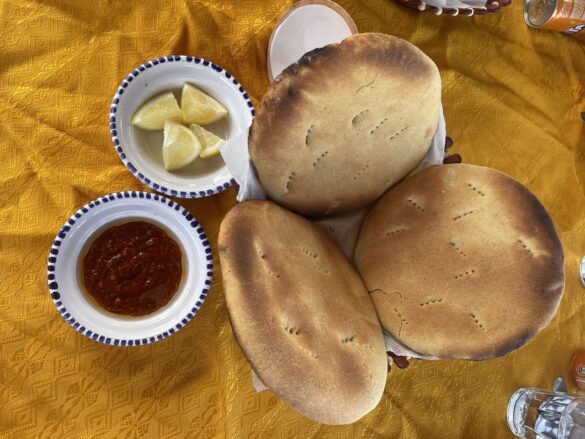
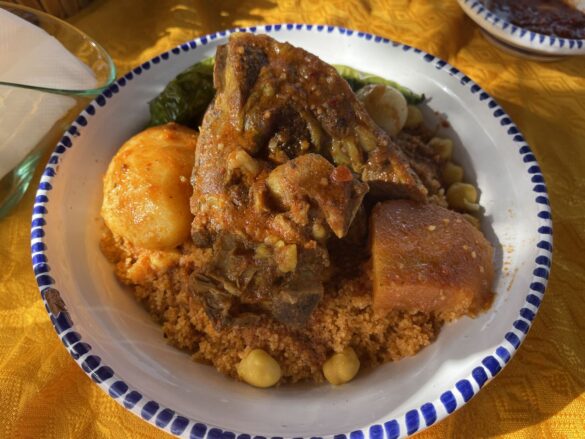
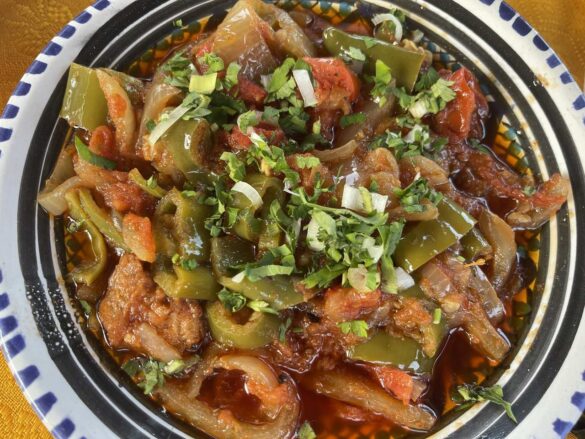
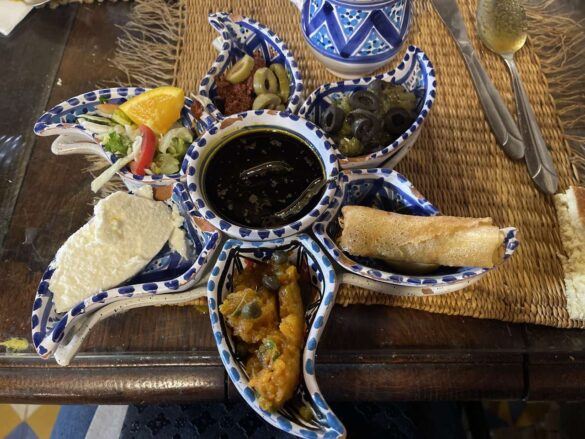
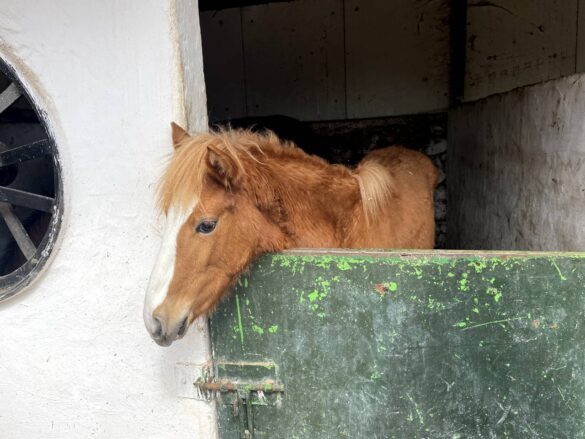
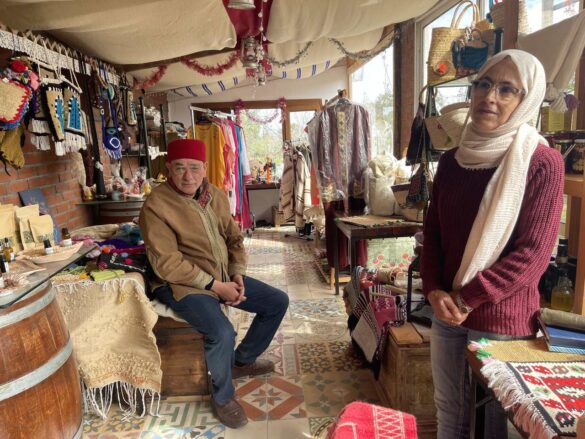
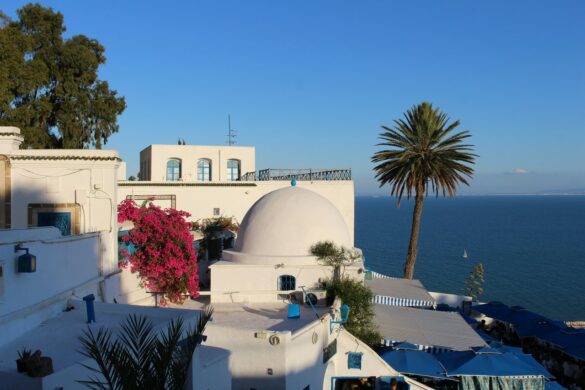
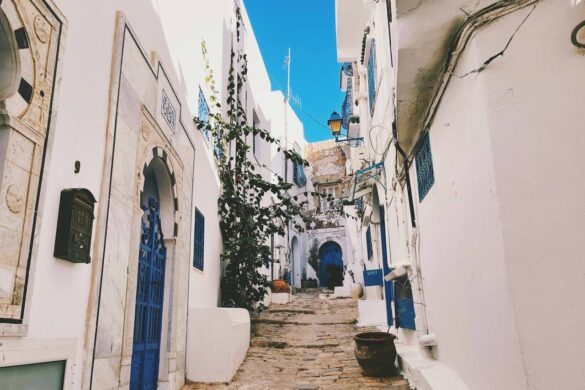
1 comment
Interesting read, I didn’t know much about Tunisia before this. I especially like the photos at Dar Zaghouan farm, but it all looks great!